Cooking with United States Farmed Seaweeds
Created in collaboration with California Sea Grant and NOAA Fisheries, this resource aims to showcase the versatility of domestically farmed seaweeds as a key ingredient in a variety of cuisines. In addition to recipes accessible to the home cook, each species profile features seaweed descriptions, farming details, nutritional information, storage tips, and flavor and texture profiles to help chefs and consumers better understand and describe seaweed dishes. The featured recipes were developed by Seaweed Sommeliers – chefs who are passionate about bringing sustainable, locally farmed seaweeds to the kitchen table.
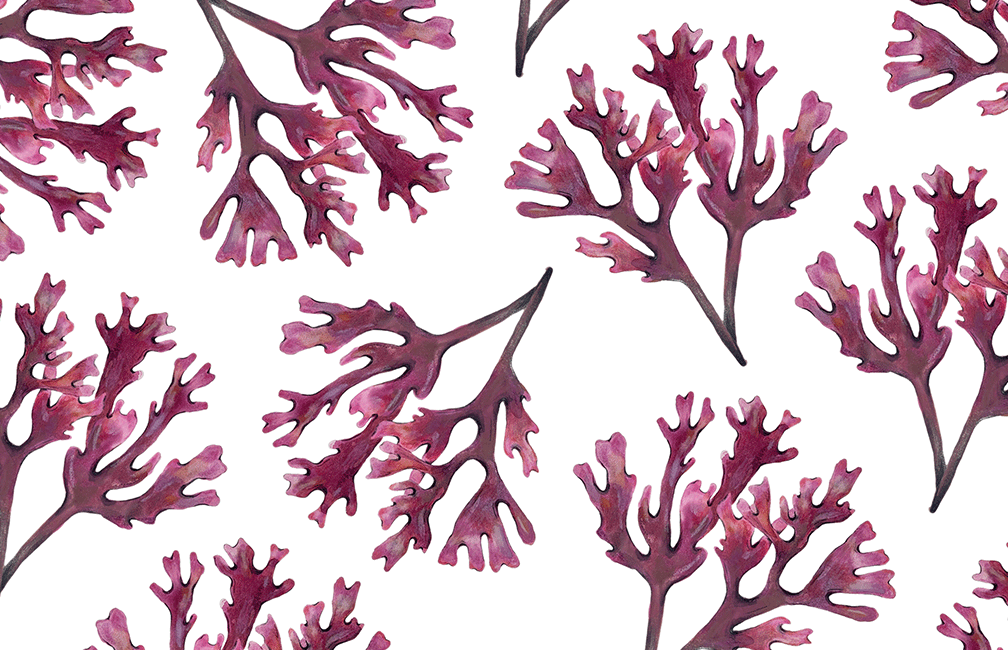
Dulse
Palmaria palmata, Devaleraea mollis
Dulse, a red sea vegetable varying in color from deep rose to reddish purple, can be found in the wild clinging to the rocky shores of the northern Atlantic and Pacific, from the mid-tideline all the way down to depths of 65 feet…
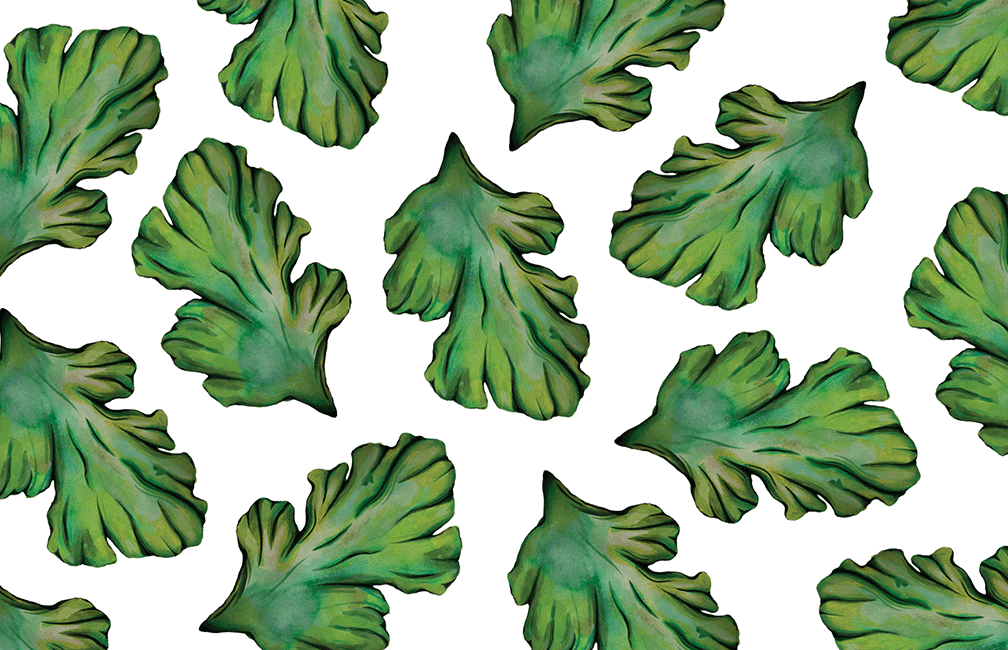
Sea Lettuce
Ulva spp.
This thin, flat seaweed lives up to its name, closely resembling the leaves of its land-based counterpart. Just two cells thick, sea lettuce is vibrant green and translucent, making it a beautiful sight below and above the water…
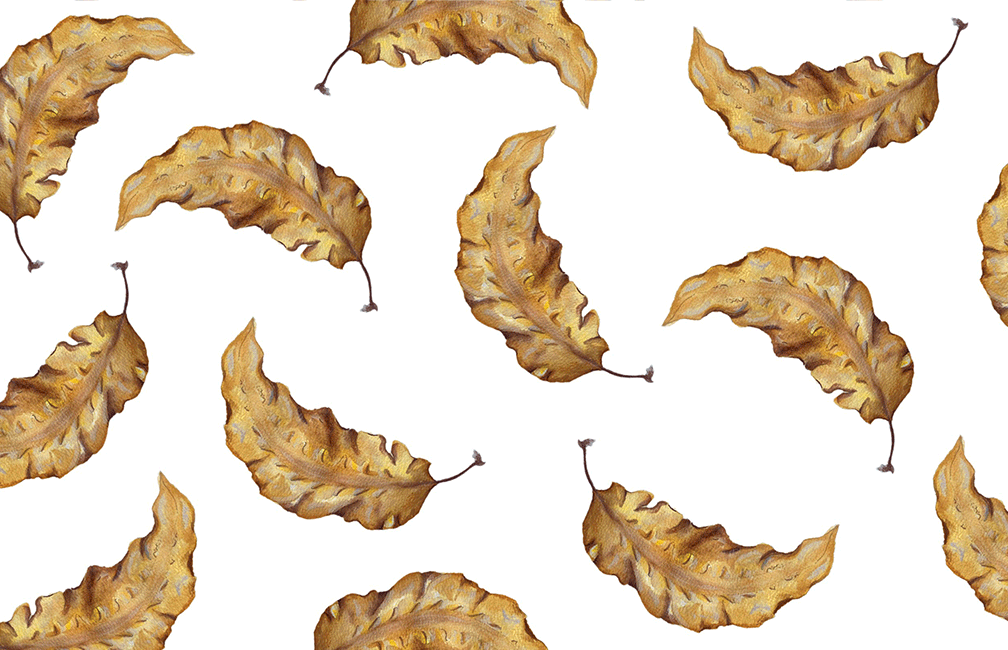
Sugar Kelp
Saccharina latissima
Found in the North Atlantic, North Pacific, and Arctic Ocean, this versatile seaweed is gaining popularity in US aquaculture, with Maine leading the industry as the largest producer…
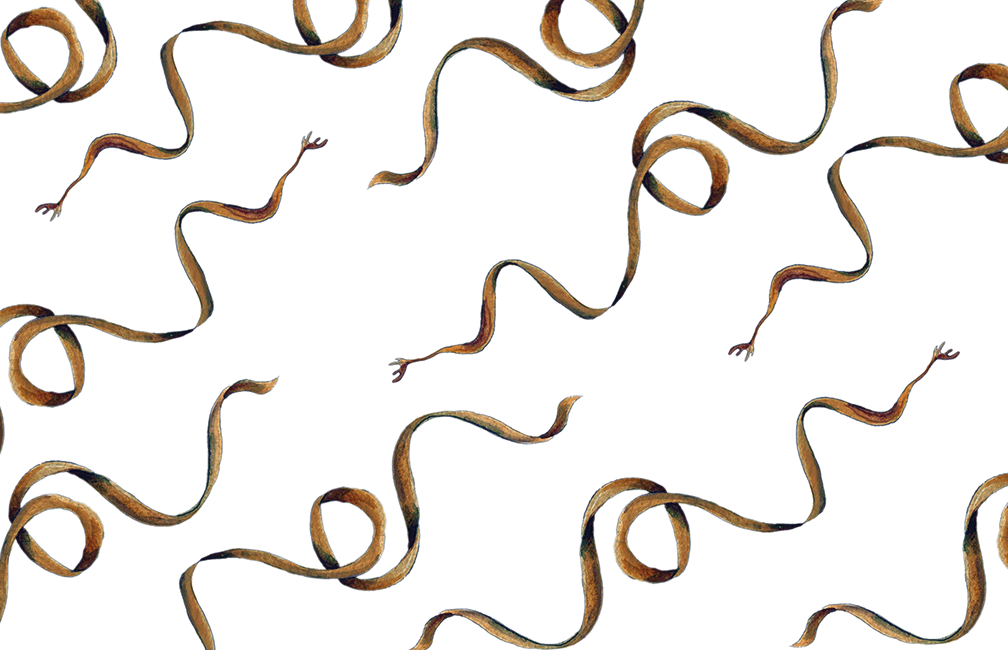
Skinny Kelp
Saccharina angustissima
Skinny kelp is a close relative of the more commonly recognized sugar kelp. While they are genetically the same species, they have a few distinct physical differences…
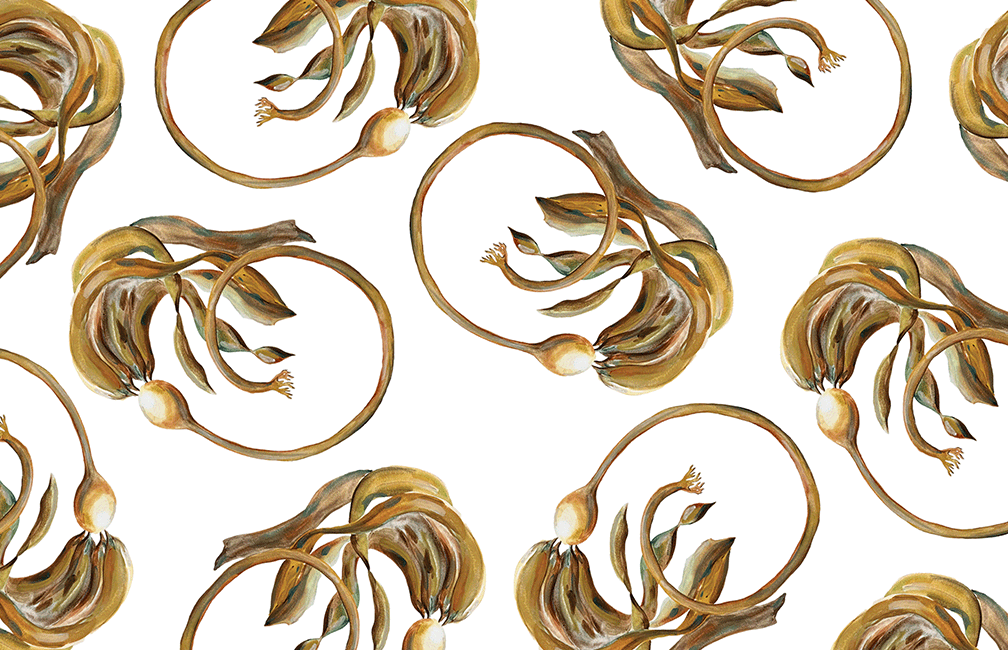
Bull Kelp
Nereocystis luetkeana
Found from Alaska to central California, it features a natural anchor called a “holdfast” to attach to rocks, a long hollow stipe, and a gas-filled bladder from which blades grow, forming the iconic kelp forest canopy…
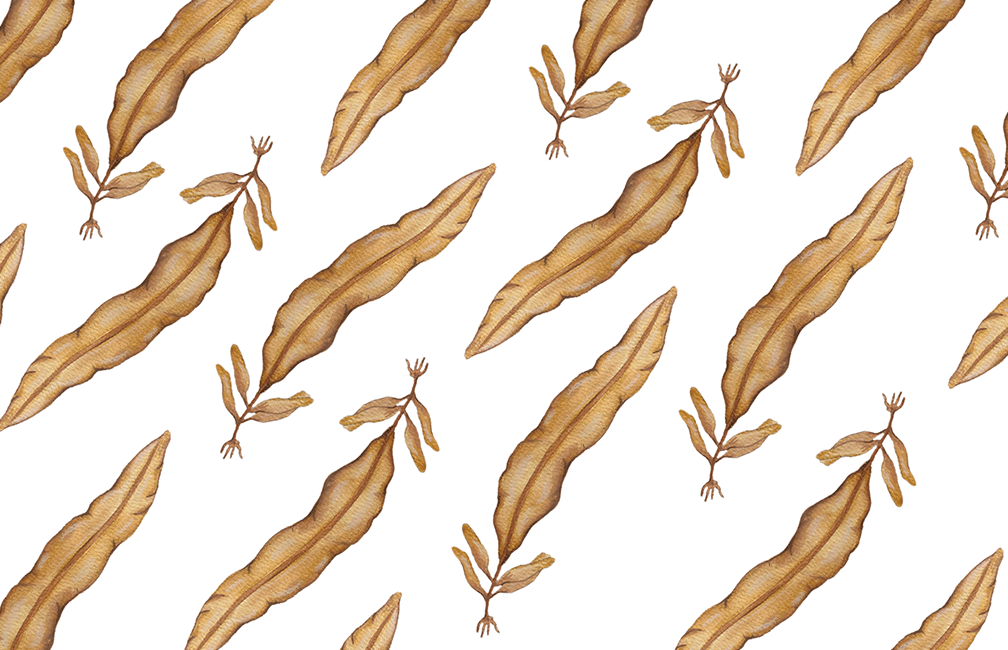
Ribbon Kelp
Alaria marginata
Ribbon kelp features long, narrow blades with undulating edges and a thick spine known as a “midrib”, visually similar to the midrib of leafy land vegetables like kale or chard…
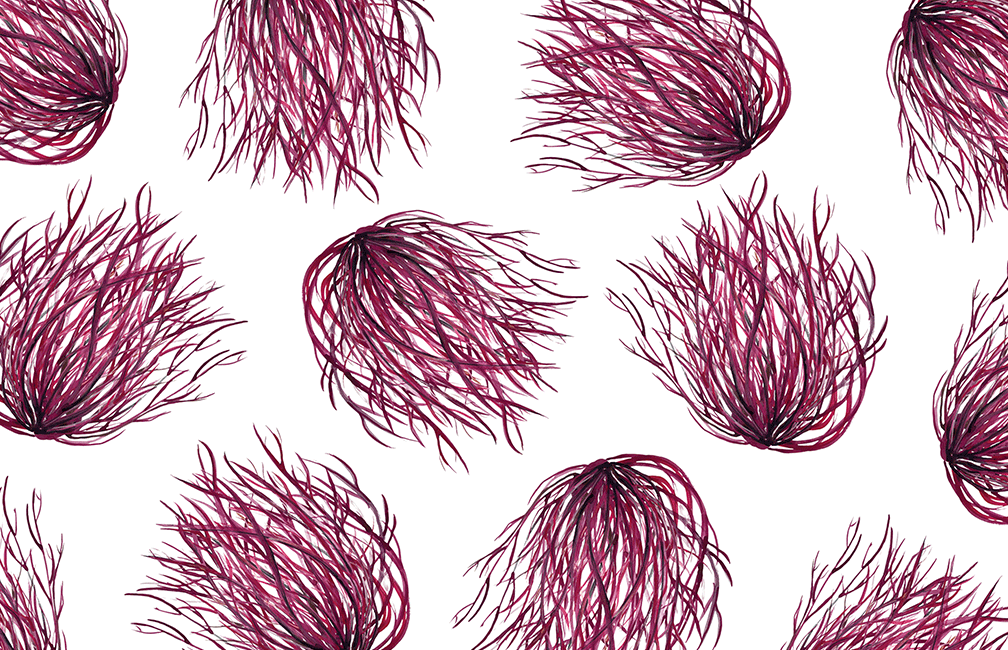
Ogo
Gracilaria spp.
Different climates produce various ogo types, with branches ranging from deep purple, thin, and string-like to light orange, thick, and crunchy…
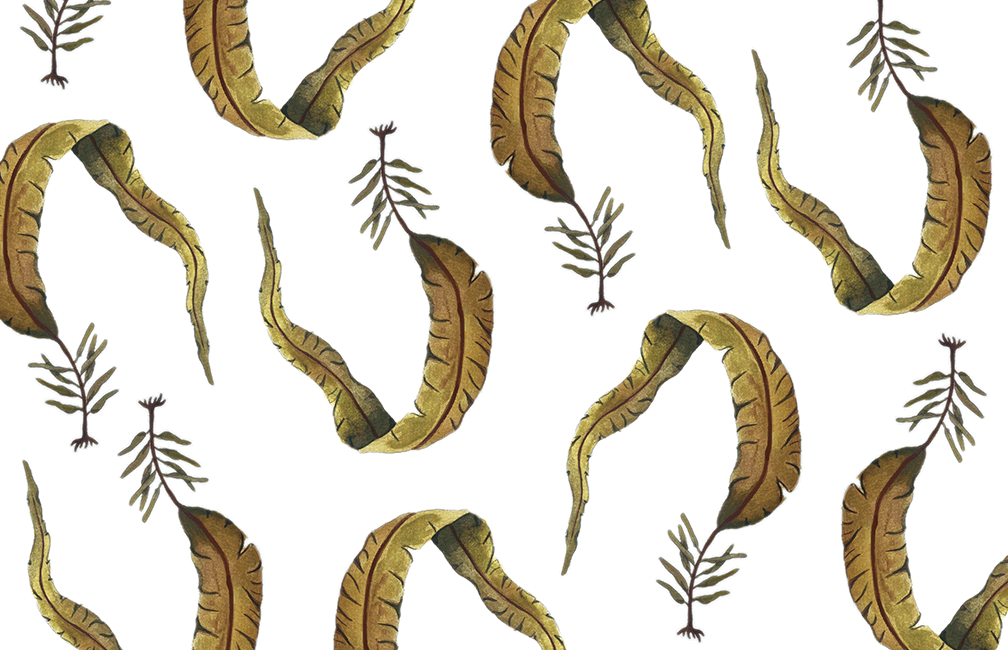
Winged Kelp
Alaria esculenta
Winged kelp is a brown seaweed found just below the low-tide line in the North Atlantic. It clings to rocks and ledges with tiny claw-like holdfasts, forming thick beds….
Support for this work provided by NOAA National Sea Grant’s National Seaweed Hub, California Sea Grant and Scripps Institution of Oceanography at UC San Diego. Created by Sarah Donald, Kaira Wallace and CA Sea Grant. Illustrations by Madison Churchill.